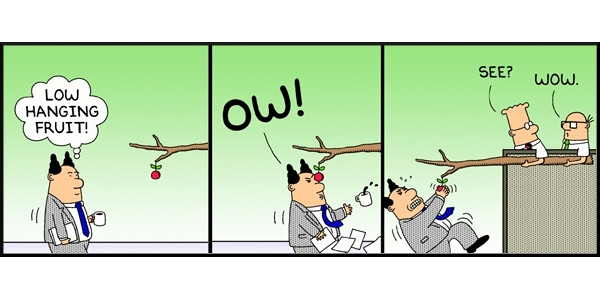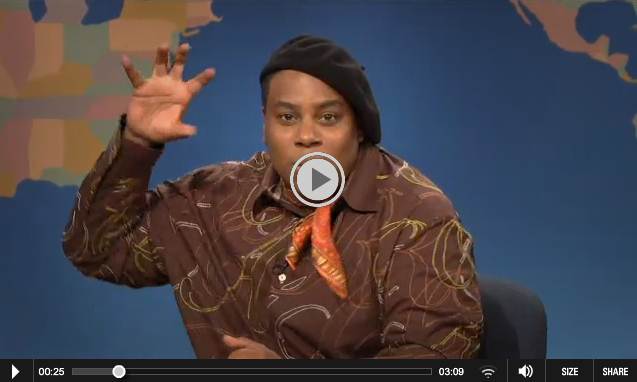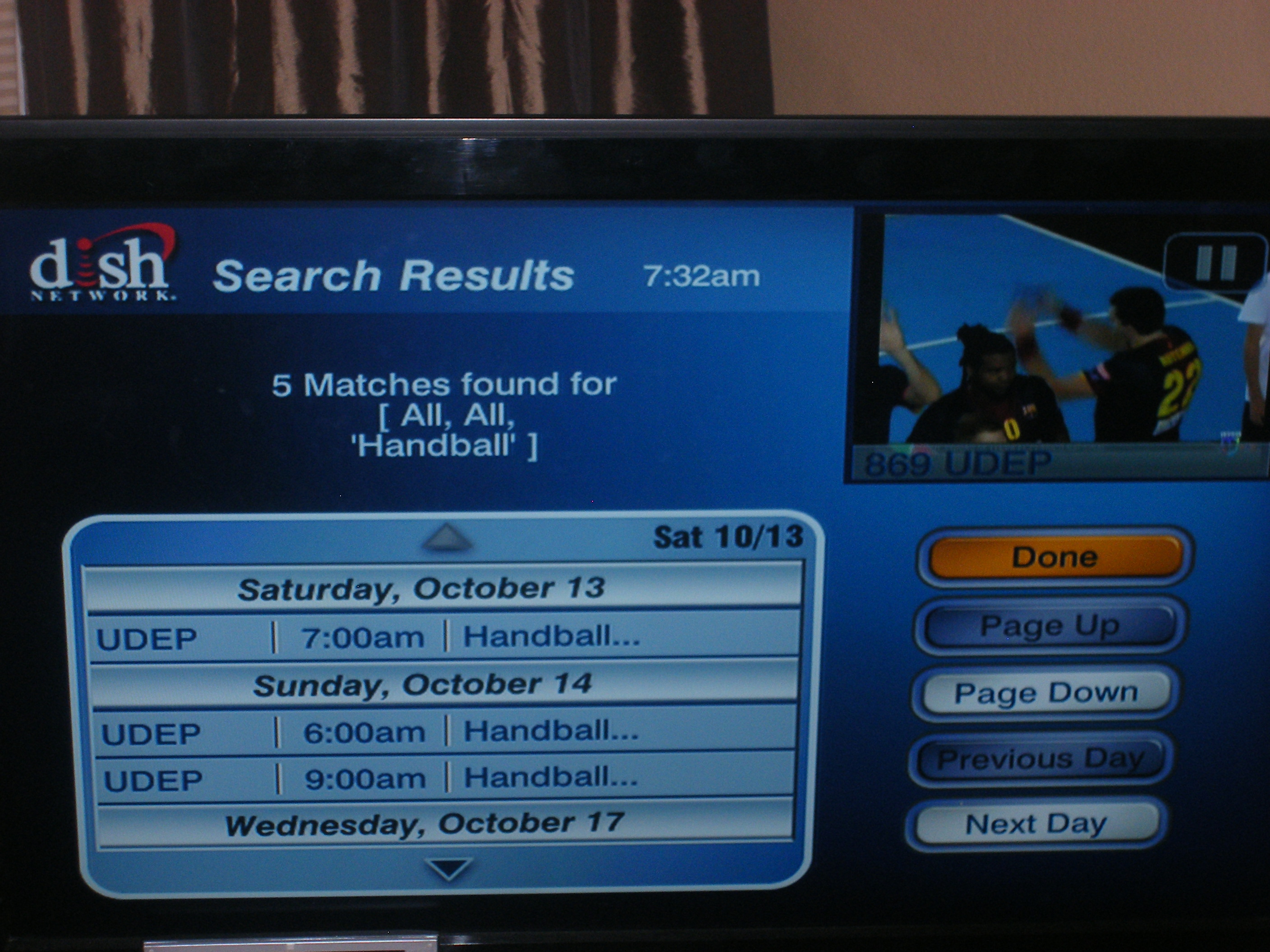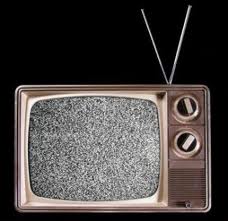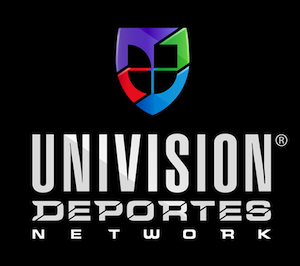
Who Cares?: For many years this was the European attitude towards the development of Team Handball in the U.S.
In Part 5, I tried to fully capture the extent of Team Handball’s basic awareness problem in the U.S. In part 6, I explained how more TV broadcasts could solve that exposure problem, but that a catch 22 TV paradox has kept the sport off the U.S. airwaves for decades. In this part, I explain why the entities that would stand the most to gain if the U.S. was turned into even just a minor “handball nation” failed for years to lend an effective helping hand. (Part 1) (Part 2) (Part 3) (Part 4)
Why should Europeans even care if the U.S. isn’t any good at handball?
First off, it’s probably a good idea to dispel the notion held by some that it just doesn’t matter that the U.S. isn’t any good at Team Handball. After all, Americans are plenty good at a lot of other sports. At the London Olympics the U.S. won the most overall medals and the Men and Women both won the Gold in America’s preeminent Olympic team sport, basketball. With all this winning it’s not hard to contemplate how many might conclude that the Olympics will do just fine and dandy if the Americans don’t qualify in Handball and go without medals in field hockey, indoor volleyball and other sports. And, it’s hard not to argue that for a typical non-American fan that is a perfectly rational viewpoint.
It is, however, more difficult to understand how any handball executive, coach or player could come to the conclusion that it doesn’t matter if most of the U.S. is oblivious to their sport. A vast, untapped affluent market of over 300 million people? A sport tailor made for the American mindset and only about 300 fans? Oh my goodness! Imagine just a small portion of that 300 million watching the sport on TV and buying merchandise. It’s a potential bonanza that could raise the profile and income of virtually anyone involved with the sport. Why then, for so many years did European handball entities not see and try to exploit the opportunity here?
Historical reasons for the lack of European support
As often is the case it was a combination of several different reasons that contributed to this lack of European support. In no particular order, here are those reasons and some rationale as to why they may or may not have been valid:
1) Basic indifference: While executives should have recognized the opportunities that the U.S. presented, I suspect that many simply had the same basic mindset of the typical indifferent fan. Throw in some “Anti-Americanism” and you further compound the problem.
2) A belief that the U.S. can or should fix it themselves: It’s no secret that the U.S. is one of the wealthiest countries in the world. Why should they get any help? If the U.S. wants to promote handball then it should spend its own money to do so. This contextual viewpoint, however, doesn’t appreciate the fact that the U.S. government does not provide any funding to its sports federations. And whereas many nations have a fairly egalitarian distribution of funding to their federations the USOC can and has limited its support to handball.
3) The lack of professionalism: For many years European handball was more amateur than professional. Accordingly, there was less structure and less concern with growing and bringing in more revenue. As the club leagues became more professional and revenues increased, however, executives became more inclined to explore new marketing opportunities.
4) Market share struggles at home: While the IHF has often proudly proclaimed that handball is the 2nd most popular sport in the world this is simply not true. The reality is that even in countries where the sport has a significant following there are a lot of resources that have had to be expended to simply maintain market share at home. The thought of expending scarce resources in a foreign country probably seemed foolhardy in many instances.
5) Unwillingness to pay upfront for potential return on investment. Even when Europeans saw the potential they were usually unwilling to invest the necessary funding required for promotion in the U.S. While this is somewhat understandable in the context of all the other challenges listed above, there have been unsubstantiated reports of lost opportunities along the way; Rumors of networks like ESPN expressing interest in broadcasting, but the deals not being closed due to European insistence on more money for rights fees.
6) Not understanding American sports structures and marketplace. While anyone who’s traveled and/or lived in both Europe and the U.S. will find a lot of similarities between the two, there are still some significant differences. Just try explaining the importance/relevance of collegiate and high school sports to a European or conversely explaining the European club structure to an American. Or the concept of rotating seasons (U.S.) and the September to June model that Europe uses for most of its sports. On top of all this is a U.S. sports marketplace which has been evolving rapidly in terms of TV channels and promotion. Heck, U.S. sports (Baseball and Ice Hockey) have had trouble keeping up; Pity, the poor Europeans attempting to navigate this minefield.
7) Ineffective American sales pitches. Well, it’s quite simple for me to sit back and whine about how clueless Europeans have been. But, it would be disingenuous to not fully acknowledge that each of the reasons listed above also has an American failure component to it. I wasn’t around for any of the pitches that have been made through the years by the U.S. Federation and others, so it’s impossible for me apportion “blame.” It could be that past Federation officials were master promoters that couldn’t convince obstinate Europeans to do more. Or, it could be that they were bumbling fools that savvy Europeans quickly determined weren’t worth supporting. I will speculate, however, that it was somewhere in between with the U.S. being good, but not great promoters and the Europeans being a little more resistant then they should have been.
So, that’s why the Europeans for years paid scant attention to the development of Team Handball in the U.S. In Part 8 I will highlight why Europeans have awoken to the possibility of turning the U.S. into a handball nation, but still haven’t quite figured out how to awaken the sleeping giant, that is USA Team Handball.





